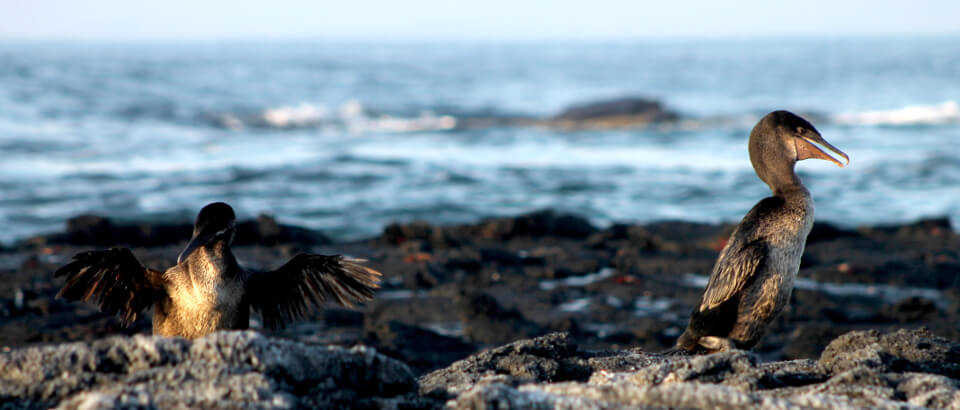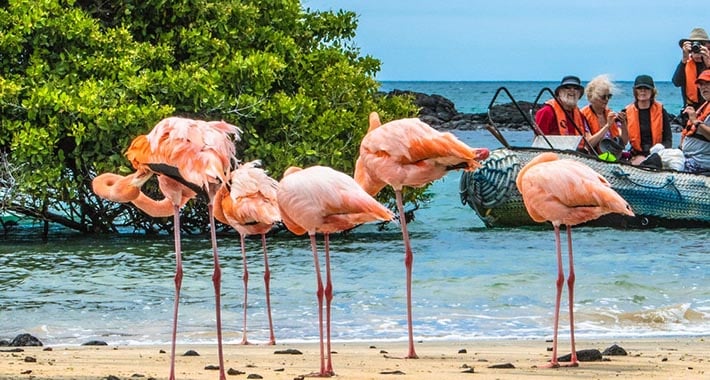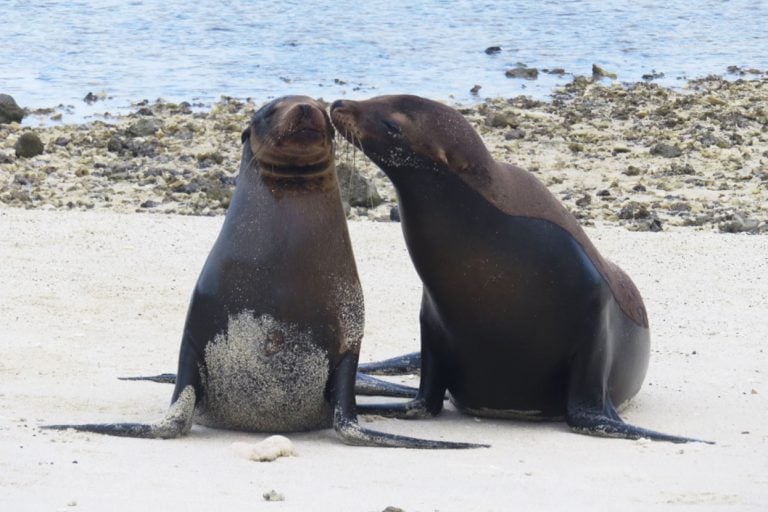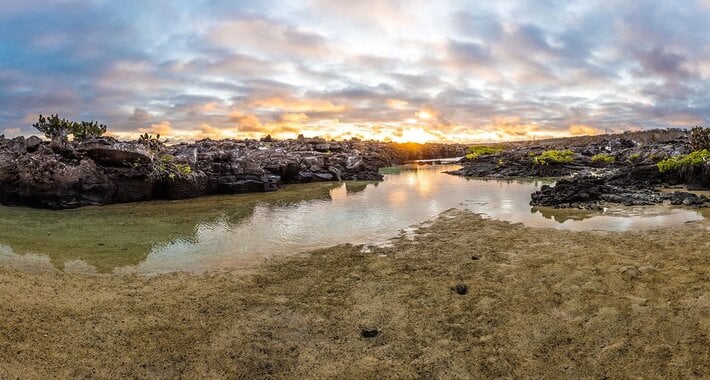Just now, this arrived! On Fernandina Island, the La Cumbre Volcano is now erupting!

The shield volcano known as La Cumbre, which is nearly completely composed of flowing lava, is at the exact middle of the island. This massive, active volcano, which is the most active in the whole Galapagos archipelago, towers over all other surrounding volcanoes at a height of around 1,475 meters (4,842 feet).
Guests aboard random ships that happened to be in the Galapagos today were enthralled by the gigantic plumes of ash and steam from the La Cumbre volcano on Fernandina Island, which extended high into the deep blue sky.
Remember that the island of Fernandina was created by an active shield volcano called the Galapagos hotspot, which last erupted on April 11, 2009. Situated in the westernmost point of the archipelago, Fernandina is among the youngest geologically speaking and also quite remote. It is home to several extremely rare and endemic species, including the flightless cormorant, which is included in the BIG15 group of iconic Galapagos species.
A Synopsis of Animal Conduct During Volcanic Outbursts on Fernandina Island
On the island of Fernandina, fields of jet black lava radiate forth from La Cumbre, its source. These angular and solid chunks of solid magma will be visible to visitors; they now operate as a horizontal monument to the lava’s arrival from all of the prior eruptions it has encountered. Since the remainder of the island is composed of solid lava, land iguanas are unaware of the risk posed by the lava since they have been observed to build their eggs inside one of La Cumbre’s inner calderas.
Come sail on Yacht La Pinta and make your trip to the Galapagos Islands unforgettable!

Punta Espinoza, a small area of land on Fernandina Island, is a common place to see marine iguanas
It is noteworthy that several avian and terrestrial species have been seen to exhibit unique and intriguing behaviors during Fernandina Island’s volcanic outbursts. For example, it has been discovered that marine iguanas actively migrate toward, not away from, the lava flows, probably using their heat to warm their cold-blooded bodies (a natural tendency). When La Cumbre’s lava reached and slipped into the ocean, it killed a lot of fish, which in turn drew a lot of seabirds to eat the remains that float to the surface. Unfortunately, the birds were also killed by flying too near to the lava flows or severely scorched (losing all of their feathers) as a result of the intense heat from the lava. Imagine an Icarus-like situation in real life!
The Details of Tectonics
Located on the Nazca Plate’s top western portion, the Galapagos Islands slowly tilt southeast at a pace comparable to the growth of human fingernails. Additionally, the archipelago is situated not too far from the point where the Pacific and Nazca plates split off from one another. Apart from Isabela Island, which contains six volcanoes arranged in a spiral pattern due to its unique topography, every island in the archipelago has only one cone. Volcanic eruptions are not that uncommon because of its special location over these plates.

Fernandina Island
No human death or serious injury has ever been documented as a result of an eruption, which can last anywhere from one day to two weeks in total. When Yacht La Pinta visits the Sombrero Chino tourist center tomorrow, Tuesday, August 5, 2017, it is hoped to catch a sight of the aforementioned explosion from Isabela Island’s western side.
RELATED STORIES

What are the best birds to see in the Galapagos?

Six Stunning Ways Galapagos Island Animal Mothers Nurture Their Young

Guy Fawkes on the Galapagos Islands: Never forget the November “Finch”…

A Unique 6-Day Insular Inspiration Session with Charles Darwin on Santiago Island!
